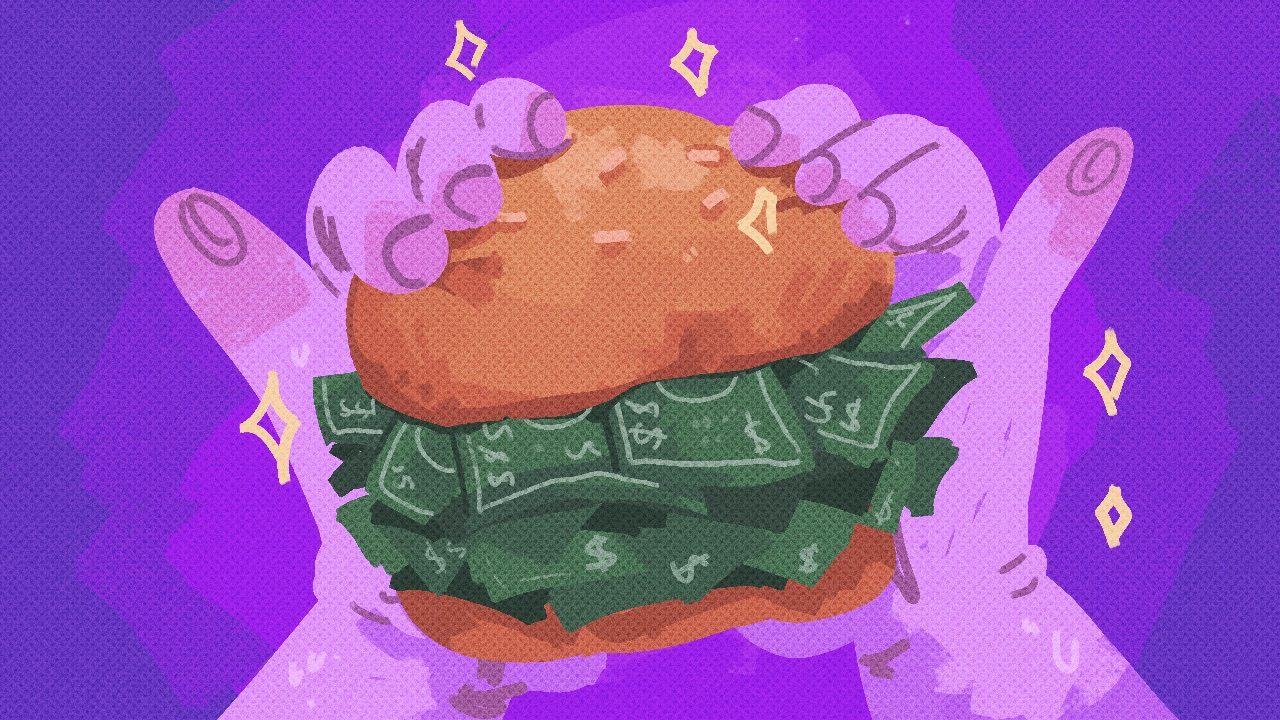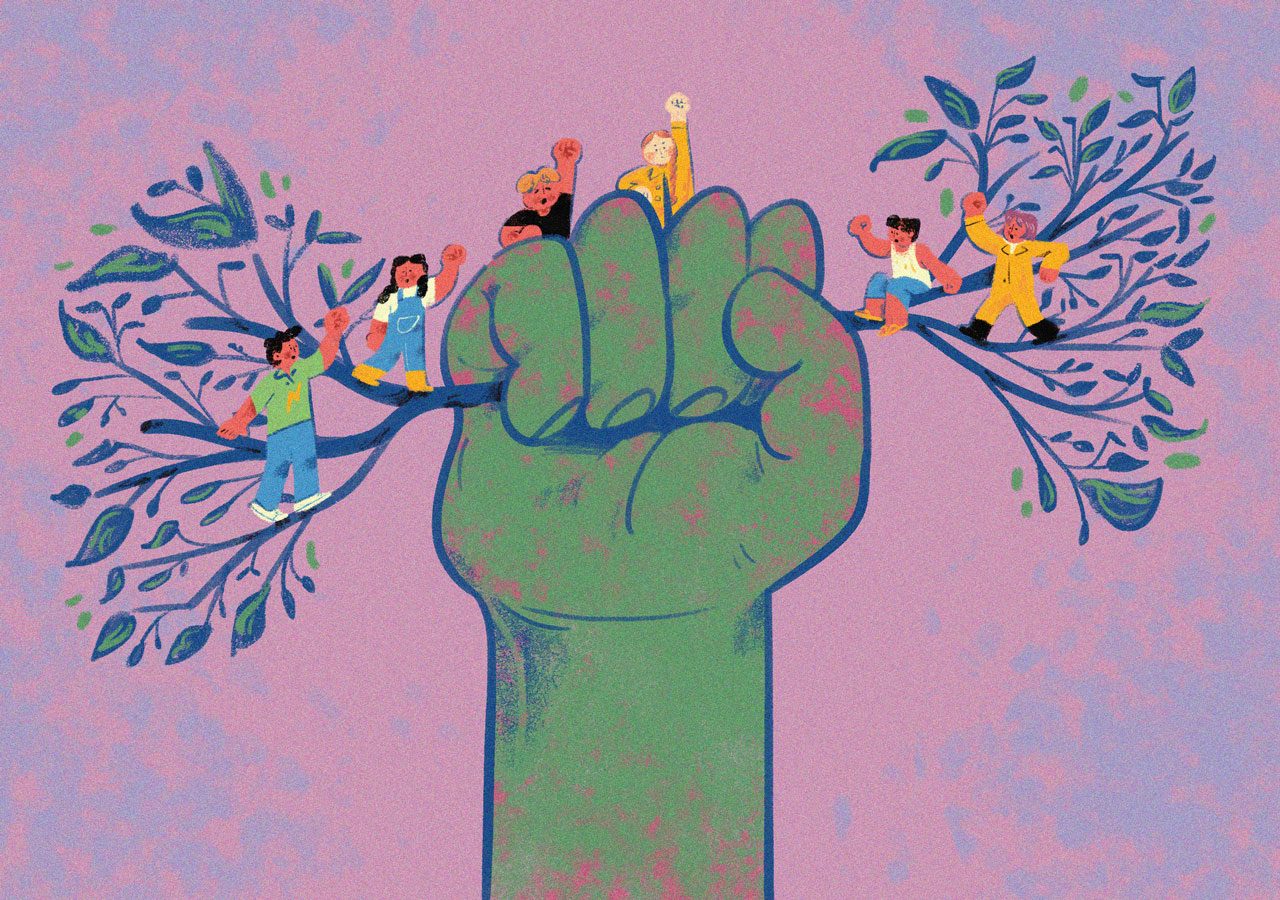After spending some time in the United States – this is my first trip – allow me to share this foreigner’s observations.
One of the things that struck me throughout was the enormity of the food portions. Virtually every meal was good for two or three people, and too often I made the mistake of ordering too much food (much to the amusement of my new friends on the study trip I was on).
What about Americans and huge portions? Almost everyone asks for a few boxes to take out the leftovers – which they plan to reheat at home but almost never do, I’m told.
No wonder there is so much food waste in America: the latest estimates suggest that as much as 30-40% of America’s total food supply is wasted. To me, that’s mind-boggling, considering that we Filipinos always say whenever there’s leftovers, “Think of all the hungry kids over there…”
The huge portions also made me realize why America has such a high obesity rate: up to 42.4% in 2017 to 2018. (In contrast, between 1995 and 2015, the obesity rate in the Philippines was 3.7% for women and 5.4% for men. )
The next thing that struck me the most was the shocking extent of homelessness.
In Washington, DC itself – the seat of American power – I saw a number of homeless people wandering the streets and begging for alms in fast food joints. Meanwhile, in Seattle, entire tent cities could be seen lining the freeways leading in and out of the city. Downtown, homeless people slept in sleeping bags under glaring lights as police stood nearby.
The fact that there are so many homeless people – more than half a million, according to conservative estimates – in the world’s wealthiest country is, in itself, quite disconcerting. But the attitude of Americans towards the homeless is even more so.
You see, many people there – including some of my relatives, of course – take the view that homelessness is largely a choice: that despite the abundant financial assistance and housing provided by the federal and states, some people choose to stay on the streets and live that lifestyle. Moreover, inasmuch as America is a land of equal opportunity, finding oneself homeless is widely seen as a reflection on one’s lack of ingenuity, cunning, or determination. In short, “It’s on them.”
Yet this attitude overlooks the fact that homelessness is also supported by bad government policies and – perhaps more consequentially – the privilege of those who are lucky enough to be “housed”.
Data shows that US federal government investment in affordable housing has declined since the Reagan administration. And efforts to provide shelter and affordable housing for the homeless are often thwarted by the so-called “NIMBY” (Not in My Backyard) phenomenon. That is to say, most Americans agree that homeless people deserve homes – as long as those shelters and homes aren’t anywhere near their homes.
The third thing that struck me the most was how expensive things were.
From a taxi ride from the airport which held me back P4000, an American breakfast which cost almost P1000 (with an orange juice which alone cost P300) and car washes that can cost around P1,500 – America’s dearness closes in on you at every turn.
This does not mean, of course, that everything is more expensive there. Many electronic devices, for example, are much cheaper.
On the one hand, high prices in the United States are hardly a surprise: prices tend to rise significantly as a country gets richer, with ever higher demand. At the same time, wages and salaries increase over time, helping to explain inflation, especially in services.
On the other hand, there are also reasons to believe that the high prices I witnessed were abnormally high.
For starters, in March 2022, the US inflation rate jumped to 8.5% – the highest since 1981. This is the same year inflation was considered public enemy number in the US. 1, and the Federal Reserve (their central bank) raised interest rates to record levels that led to a wave of economic downturns around the world (including, indirectly, in the Philippines).
There are a host of reasons for the current period of high inflation in the United States. One of them would be the severe disruptions in their supply chains, due to lograms in ports and shortage of truck drivers, among others. Over breakfast at IHOP, there was a small sign on our table that read, “Due to nationwide supply chain shortages, some of our products may be temporarily unavailable. .
Other than that, demand for goods and services is generally higher due to the reopening of the US economy: masks were optional everywhere and in many cases crowds were near or at pre-pandemic levels. Oil and food prices have also increased due to the ongoing Russian invasion of Ukraine.
But setting short-term price spikes aside, I can’t help but think that the general high cost of things is the root of many problems in America. Expensive houses crowd out the homeless, expensive health care crowds out the poor from health services, high tuition fees crowd out students from universities.
Make no mistake: the United States is a wonderful place where the air tastes of possibility and opportunity. But I also realized that I was witnessing capitalism not just with a capital C, but in all capitals and in bold. – Rappler.com
JC Punongbayan, PhD is an assistant professor at UP School of Economics. Its opinions are independent of the opinions of its affiliations. Follow JC on Twitter (@jcpunongbayan) and Usapang Econ (usapangecon.com).











